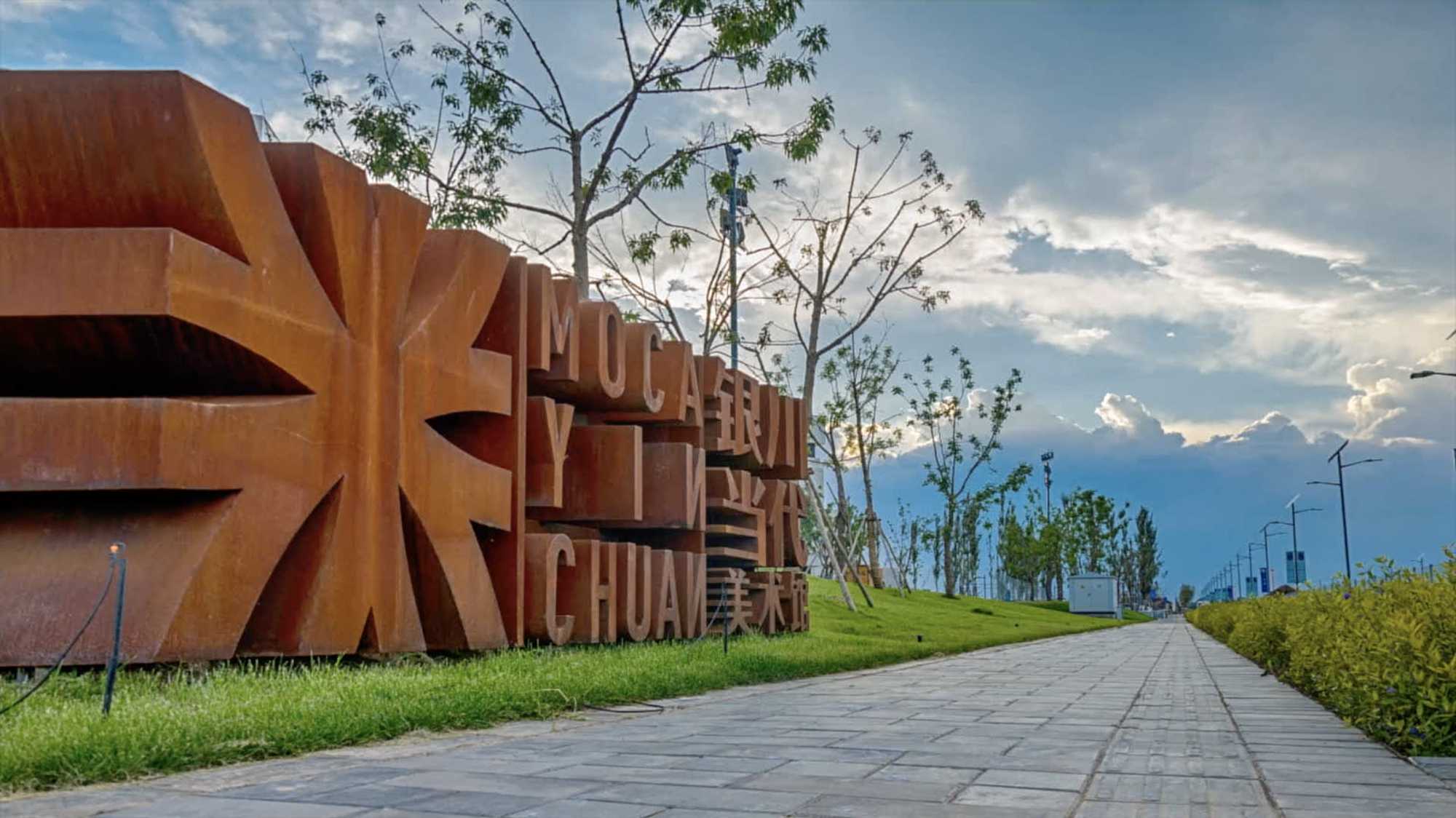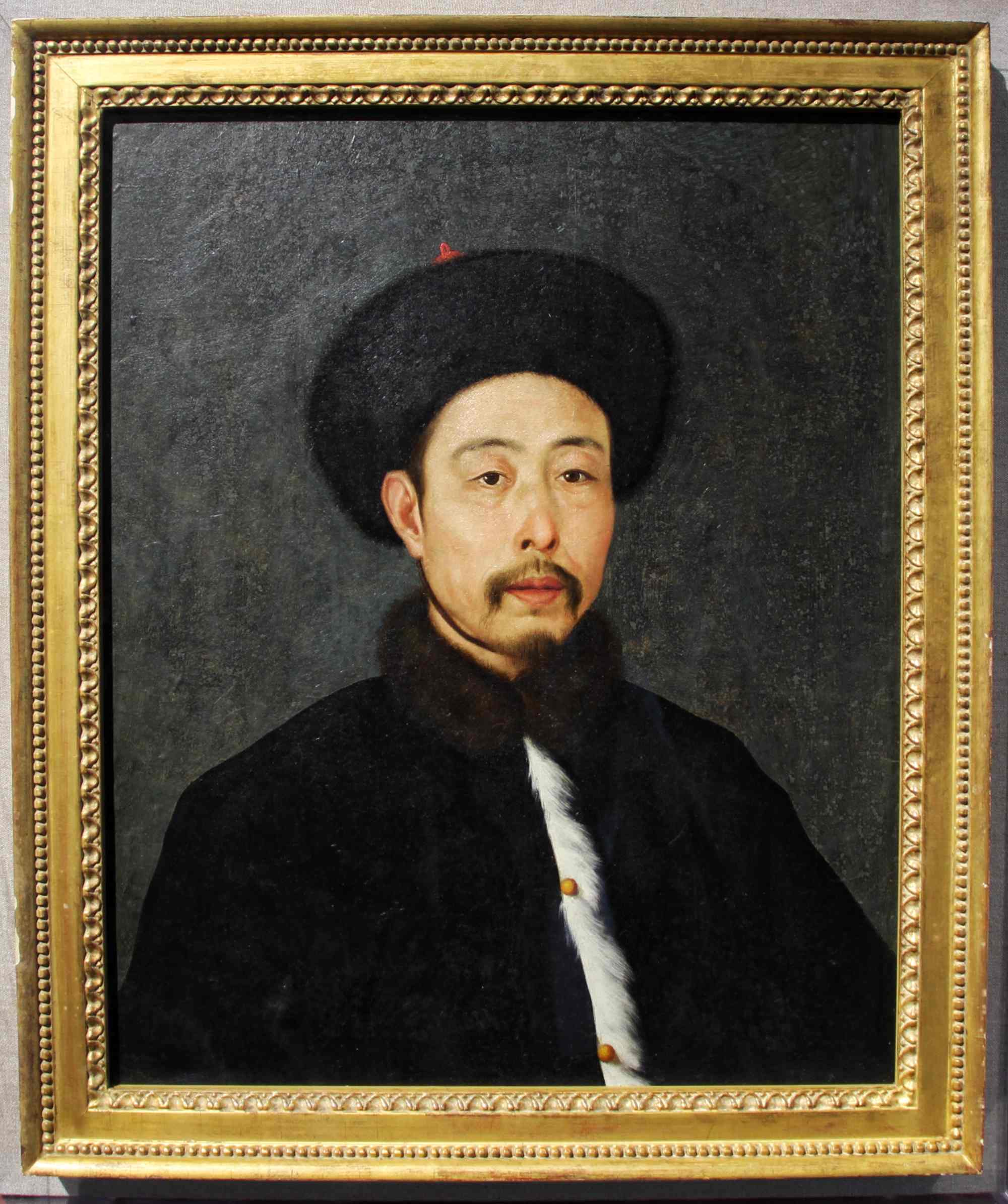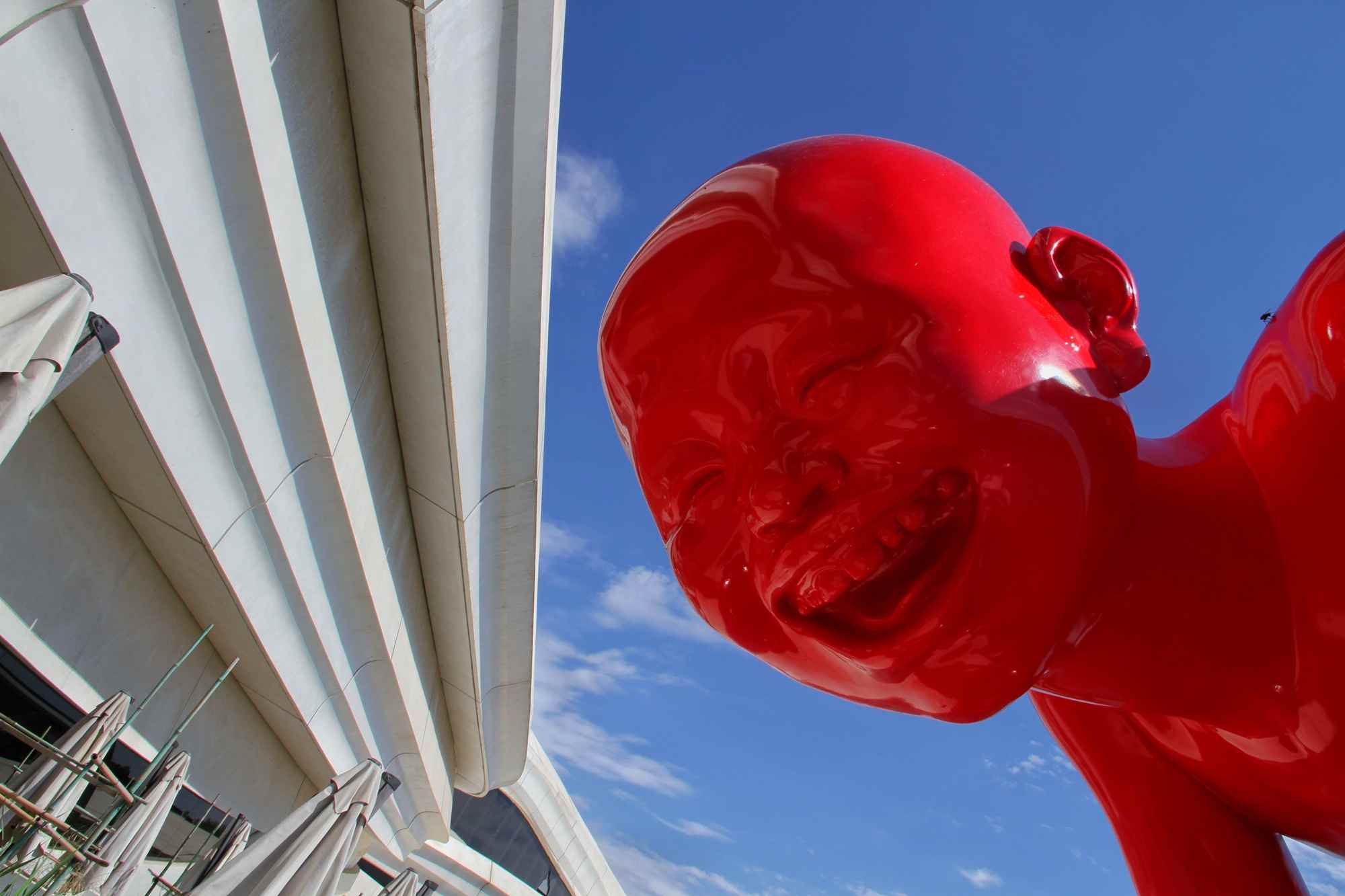
Travel
16:40, 20-Sep-2018
Travelogue: MOCA Yinchuan, an art oasis hidden between Ningxia’s deserts and wetlands
Updated
15:50, 23-Sep-2018
By Liu Zhenshuo, Megan Zhang
01:34

There is perhaps no region in China more brimming with surprises than Ningxia. In this desert-locked region, rolling sand dunes and lush wetlands lay side by side. And in between these two topographical phenomena lies yet another unexpected wonder – an artistic oasis in the form of the Museum of Contemporary Art (MOCA) Yinchuan.
Architecture inspired by nature
In a region where you might not expect contemporary art to flourish, MOCA Yinchuan has drawn inspiration from the rich ecology and complex geological activity of the surrounding land. The design of the building itself, with its curves and creases, alludes to sedimentary layers created by geological forces, while the interior offers the perception that you're climbing as you roam through the galleries.

Baby chicks huddle together in a box – don't worry, it's art! /CGTN Photo
Baby chicks huddle together in a box – don't worry, it's art! /CGTN Photo
Western paintings from the Qing Dynasty
For decades, researchers have had difficulty uncovering Western paintings from the late Qing Dynasty in China. Although this time period is significant in art history, these paintings are rare, and the most significant collection is currently being exhibited by MOCA Yinchuan. The 206-piece exhibit goes far beyond what other art institutions have on display, in terms of represented painters, subject categories, and work quality. This exhibit could be a step toward deeper and more enlightening research into China's art history from the late Qing Dynasty.

A portrait of the Qianlong Emperor, the sixth emperor of the Qing Dynasty. /CGTN Photo
A portrait of the Qianlong Emperor, the sixth emperor of the Qing Dynasty. /CGTN Photo
Celebrating and understanding the desert
MOCA Yinchuan recently wrapped up its international presentation of the Second Yinchuan Biennale. The goal of the event was in part to help shed the desert's reputation as a barren wasteland, and instead enlighten people about the nomadic cultures, the shepherds and farmers, the striated fields, and the impressive biodiversity that all call the desert home. Memories of historical significance, such as the traders who passed through the region as they journeyed along the Silk Road, can all be uncovered and celebrated by learning more about the desert.

A sculpture smiles down at visitors, flashing a toothy grin. /CGTN Photo
A sculpture smiles down at visitors, flashing a toothy grin. /CGTN Photo
Explore Ningxia with Tianran He, host of Travelogue on CGTN. The show broadcasts on this Sunday (Sept. 23) at 7:30a.m. and 4:30p.m., next Monday 2:00a.m. and next Thursday 1:30p.m. (Beijing Time).
888km

SITEMAP
Copyright © 2018 CGTN. Beijing ICP prepared NO.16065310-3
Copyright © 2018 CGTN. Beijing ICP prepared NO.16065310-3